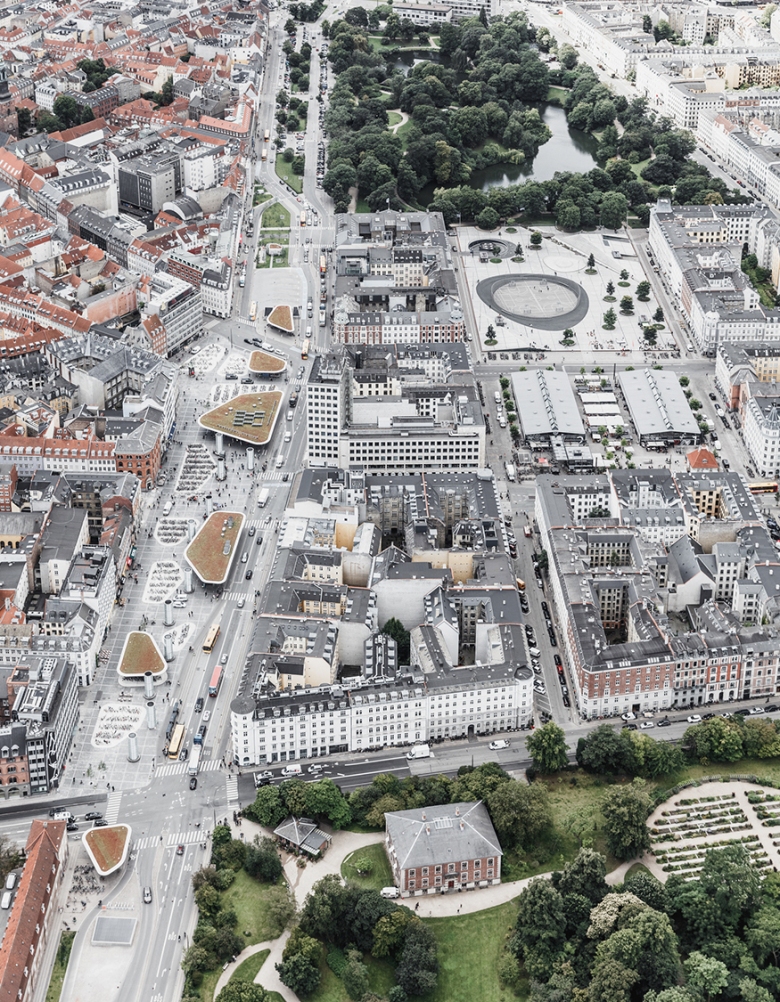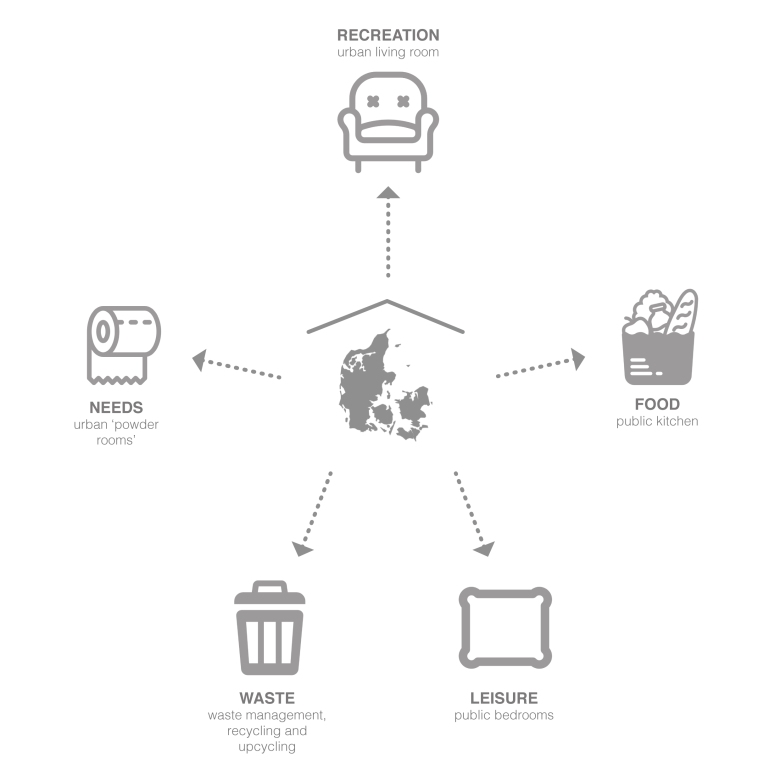Hey there!
It’s been little over a year since I’ve moved to this wonderful oasis known as Copenhagen. It’s been an exciting year in which I’ve had the change to be deeper acquainted to the Nordic Culture – architecturally as well as in terms of social behaviour.
And it is exactly this social behaviour that I will dwell upon in my new series called ‘Copenhagen’s Urban Pocket’. Undoubtedly, your first thought would be > what in the world does social behaviour have to do with architecture?! It’s supposed to be an architecture blog after all..
The answer is that architecture is now, and always has been, a reflection of SOCIETY. Nowadays, we experience a shifting role of the city. Therefore, we are striving to develop strategies that deal with the changing needs of our society, and implicitly the changing needs of THE CITY [did this make sense, or have I lost you guys already?].
To have a perspective on just how important architecture has become for our generation, I would like to make a reference to the Gothenburg Prize for Sustainable Development. As the name suggests, this award is given for outstanding sustainable development within all sorts of fields. Technically speaking, when you hear about sustainability you probably think of engineering, low energy products, recycling … However, for the first time in history, this year the award was given to Arch. Alejandro Aravena. The surprise however isn’t the fact that an architect has been awarded, but the reason for why he was awarded. This reason is his philosophy which has nothing to do with technicalities, but mostly with social awareness [or so I like to emphasise for dramatic effect – of course it’s a combination of both]. His philosophy is driven by the belief that architecture and planning should be more about how people make use of these two environments.
To put this in a more practical format, I’ve lived -for longer or shorter periods of time- in quite a number of places, each carrying their own modern traditions. However, in Copenhagen I have come to find an oasis of purity, unity and calmness that I have not encountered before.

This is reflected in the dual relationship between architecture/design and society. Here, modern architects and designers have strived to develop a program that includes citizens as part of the process and the solution of their artistic endeavours. As a result, one can clearly perceive how the boundaries between public and private spaces become fluid, making Copenhagen one of the world’s most livable cities.

Therefore, the next couple of posts will revolve around this socio-architectural movement felt in Copenhagen. Through my personal experience [and with a little help from some exciting exterior collaborations, stay tuned for more :p ] I will try to explain how public and private spaces in the city seem to have merged together, forming a home-like environment for its users. This analogy will be used to emphasise on different every-day household activities [as referred to in the diagram placed above], and how architecture and societal behaviour continuously influence each other.
. . . to be continued 🙂